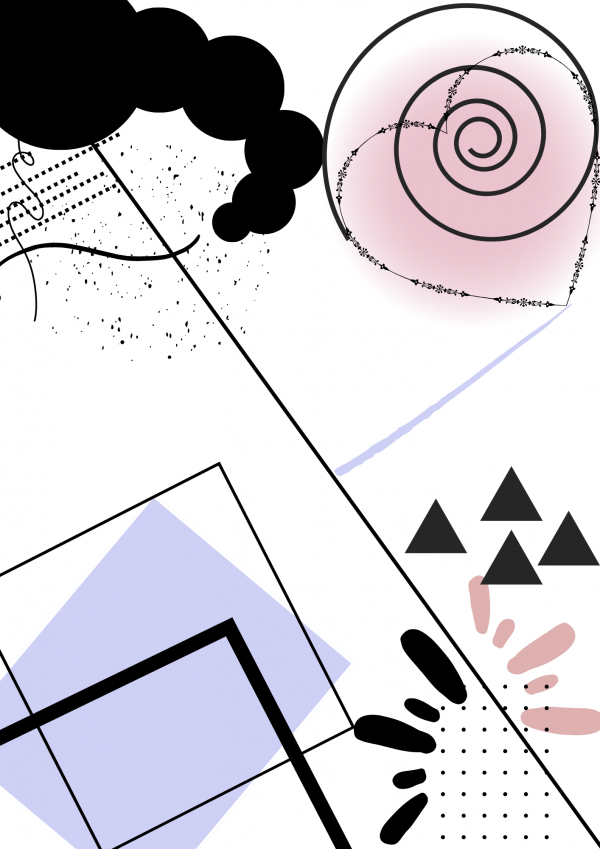The sonification of abstract visual references


In this research-based seminar, we begin with theoretical and textual work and thus create the media-theoretical foundations, particularly those of sonic media archaeology, to classify abstract visual reference.
Composers of experimental music often rely on graphic notation, although standard notation can also be overridden. In abstract visual reference as a form of graphic notation, as presented by Earle Brown in his piece December 1952, it is entirely up to the performer and not the composer to interpret the score. The performer must interpret the score and transform the graphic level of information into music. The result is based solely on the subjective perception and awareness of the individual player.
We describe an ontological place between visual and auditory epistemes: Can an improvised interpretation by sound artists*/musicians* be conceived as a sonification process in the media-archaeological sense? Or does the production of sound constitute the process of sonification? We look at the processes of sound production within analog sound synthesis (modular system, synthesizer archive), with instruments with electronic pickups (e.g. electric guitar, electric bass) and with purely analog instruments such as trumpet or horn. What do we mean by abstractness in the artistic sense? Can an abstract visual reference be understood as a time crystal?
Seminar at the Humboldt University (German)